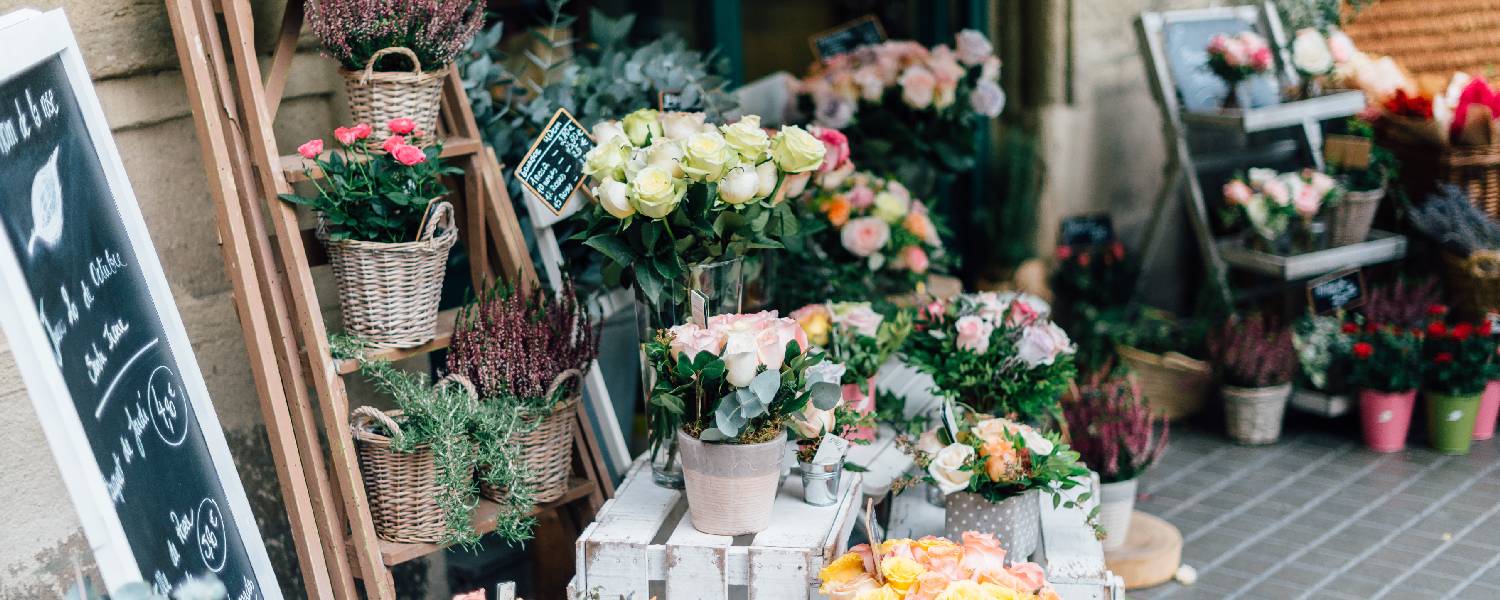Introduction
The Cultural heritage of Bangladesh is a vibrant tapestry woven through centuries of history, religion, art, and tradition. From the lush countryside to the ancient ruins, the Cultural heritage of Bangladesh reflects a dynamic blend of influences shaped by Hinduism, Buddhism, Islam, and British colonialism. The Cultural heritage of Bangladesh can be seen in its festivals, architecture, cuisine, music, language, and community life. Whether it is the traditional Nakshi Kantha embroidery or the centuries-old temples and mosques, the Cultural heritage of Bangladesh offers a journey into the soul of the nation. The folk traditions, classical dance, and oral literature all contribute to the richness of the Cultural heritage of Bangladesh. Every village, town, and city holds a unique story that adds to the broader narrative of the Cultural heritage of Bangladesh. From the Baul music of Kushtia to the boat races in rural rivers, the Cultural heritage of Bangladesh is alive and ever-evolving. The UNESCO-listed sites and local art practices are proof of the global recognition of the Cultural heritage of Bangladesh. With DESHGHURI, a trusted local travel and tour brand, exploring the Cultural heritage of Bangladesh becomes a meaningful, engaging, and unforgettable experience.
The Roots of the Cultural Heritage of Bangladesh
The Cultural heritage of Bangladesh is deeply rooted in its historical development. The earliest signs of civilization in this region date back to the ancient city of Mahasthangarh, where archaeological evidence of structured communities and religious institutions has been discovered. The Cultural heritage of Bangladesh expanded through trade, migration, and the spread of various religious beliefs. Buddhist stupas, Hindu temples, and Islamic mosques all coexisted and contributed to the diverse heritage seen today. From the Pala dynasty’s contributions in the north to the Mughal influence in Dhaka and Bagerhat, each period left a distinct imprint on the Cultural heritage of Bangladesh.
Language, Literature, and Folk Traditions
Language plays a vital role in the Cultural heritage of Bangladesh. The Bengali language, rich with literary history, is home to world-renowned poets like Rabindranath Tagore and Kazi Nazrul Islam. Literary festivals, public recitations, and Baul songs reflect the artistic expression of the people. Folk tales passed through generations, often told in rural gatherings, carry the essence of the Cultural heritage of Bangladesh. Events like Pahela Baishakh (Bengali New Year) showcase cultural unity and pride through music, dance, and traditional food. This vibrant celebration is a core representation of the Cultural heritage of Bangladesh and is embraced by all communities across the country.
Art, Craft, and Architecture
The artistic contributions to the Cultural heritage of Bangladesh are significant. Traditional crafts like jamdani weaving, pottery, metalwork, and rickshaw painting highlight the creative spirit of the people. UNESCO has recognized jamdani as an intangible cultural heritage of humanity, demonstrating the international value of the Cultural heritage of Bangladesh. Architecturally, Bangladesh boasts an impressive range of heritage buildings. The Sixty Dome Mosque in Bagerhat, the Kantaji Temple in Dinajpur, and the Lalbagh Fort in Dhaka are just a few examples that showcase the diversity within the Cultural heritage of Bangladesh. These structures represent centuries of devotion, craftsmanship, and design innovation.
Religious Harmony and Cultural Diversity
A defining feature of the Cultural heritage of Bangladesh is its religious and cultural harmony. The country is home to Muslims, Hindus, Buddhists, and Christians, all contributing to the cultural landscape. Religious festivals such as Eid, Durga Puja, Buddha Purnima, and Christmas are celebrated with equal enthusiasm and community participation. This peaceful coexistence and mutual respect are essential elements of the Cultural heritage of Bangladesh. DESHGHURI offers curated experiences that allow visitors to witness this cultural diversity firsthand through temple visits, mosque tours, and local community engagements.
Exploring With DESHGHURI
DESHGHURI is a pioneer in cultural tourism in Bangladesh, offering personalized and immersive journeys across the country. By choosing DESHGHURI, travelers can explore the Cultural heritage of Bangladesh with expert guides, comfortable travel arrangements, and thoughtfully planned itineraries. Whether it’s a visit to the Sundarbans, a tour of archaeological sites in Paharpur, or participation in a traditional festival, DESHGHURI ensures every moment highlights the beauty and depth of the Cultural heritage of Bangladesh. Unlike generic travel experiences, DESHGHURI focuses on authenticity, education, and community involvement, making each trip not just a tour, but a cultural adventure.
Why Choose Us
At DESHGHURI, we are passionate about sharing the Cultural heritage of Bangladesh with the world. Our team includes historians, cultural experts, and experienced local guides who understand the depth and nuance of Bangladeshi culture. We design each itinerary to maximize cultural immersion, from folk music nights to craft workshops and traditional food tastings. Sustainability and respect for local communities are at the core of our operations. When you travel with DESHGHURI, you’re not just a visitor—you become a part of the living Cultural heritage of Bangladesh.
Frequently Asked Questions (FAQs)
1. What are the must-see places to experience the Cultural heritage of Bangladesh?
Key destinations include Mahasthangarh, Paharpur, Bagerhat, Sonargaon, Old Dhaka, and Rangamati. Each offers a unique aspect of the Cultural heritage of Bangladesh.
2. Can I participate in local cultural events during my trip?
Yes! DESHGHURI arranges trips that align with festivals and special cultural events so you can enjoy live experiences of the Cultural heritage of Bangladesh.
3. Are the cultural tours suitable for families and children?
Absolutely. Our cultural tours are family-friendly, educational, and interactive, making them a great way for all ages to learn about the Cultural heritage of Bangladesh.
4. How does DESHGHURI support local communities?
We work closely with artisans, guides, and local vendors to ensure your travel contributes directly to preserving and promoting the Cultural heritage of Bangladesh.
5. Do I need to know Bengali to enjoy the tours?
No. Our guides are fluent in English and will help bridge any language barriers while you explore the Cultural heritage of Bangladesh.



